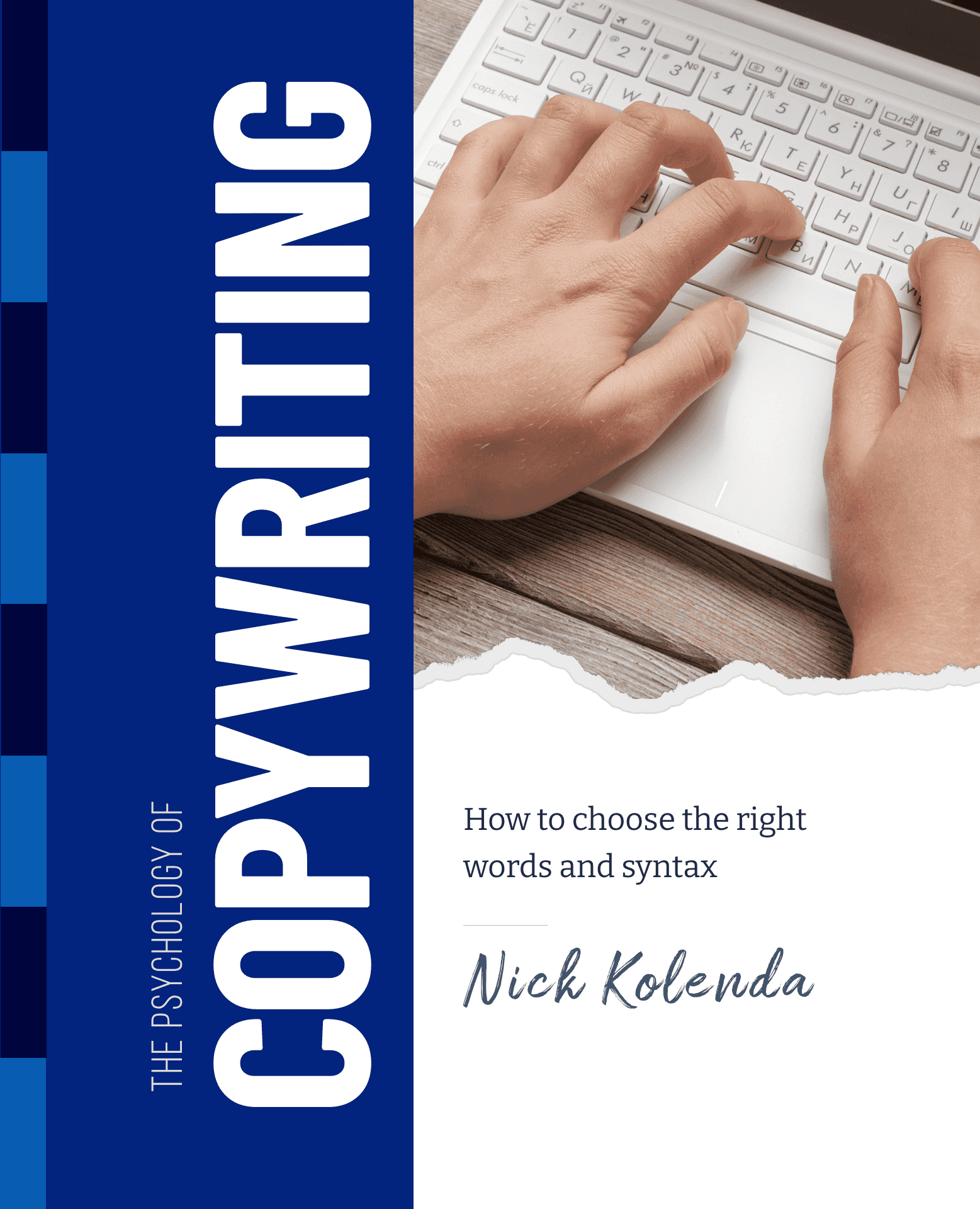
Choose the Right Type of Scarcity
Each type of scarcity (supply, demand, time) affects behavior in different ways.
Scarcity is persuasive.
But the type of scarcity also matters (Barton et al., 2022).
Limited Supply = Status Symbol
Restricting supply (e.g., limited editions) boosts sales for experiences and luxury brands because these products become status symbols. For example, it works for “conspicuous” products (e.g., clothing) because buyers need to compete with each other, endowing these products as status symbols (Jang et al., 2015).
Limited Quantity = High Demand
“Only 2 left” conveys high demand, and this social proof boosts sales for rational products.
Limited Time = Motivation to Start
Seasonality boosts sales of indulgences (e.g., chocolate) because customers can rationalize these purchases (Well, it's only available now...).
Deadlines also help large purchases because customers feel motivated to begin researching the product.
- Barton, B., Zlatevska, N., & Oppewal, H. (2022). Scarcity tactics in marketing: A meta-analysis of product scarcity effects on consumer purchase intentions. Journal of Retailing, 98(4), 741-758.
- Jang, W. E., Ko, Y. J., Morris, J. D., & Chang, Y. (2015). Scarcity message effects on consumption behavior: Limited edition product considerations. Psychology & Marketing, 32(10), 989-1001.

Want more tactics?
Get all my free copywriting tactics